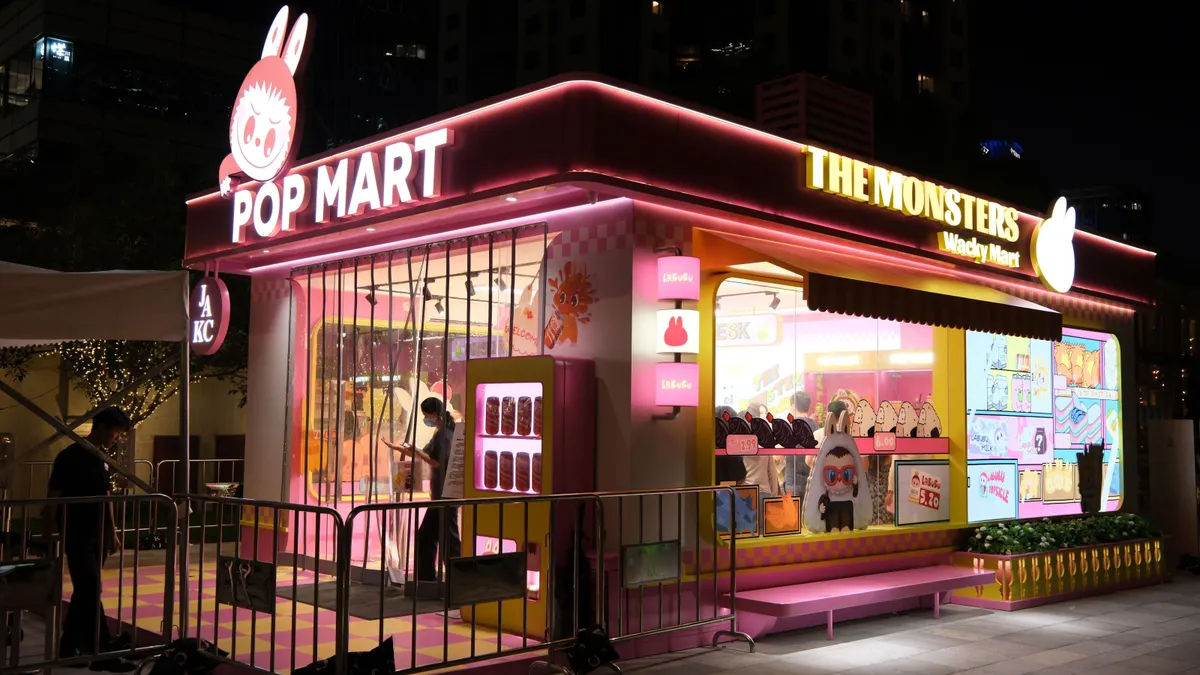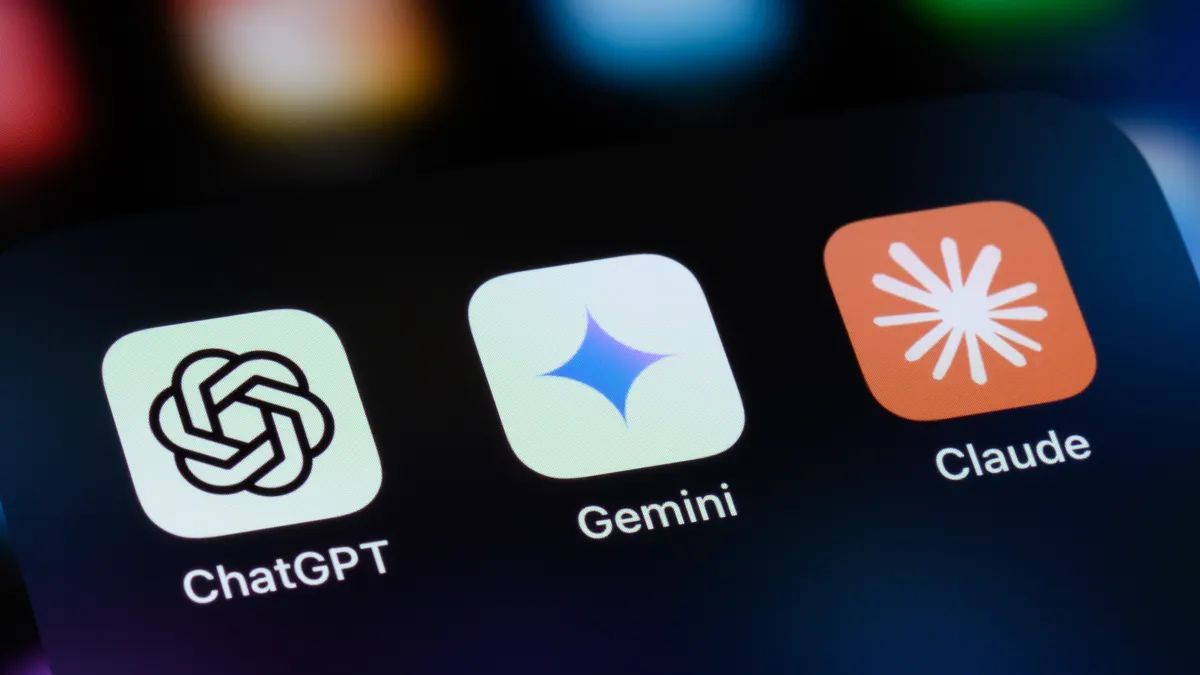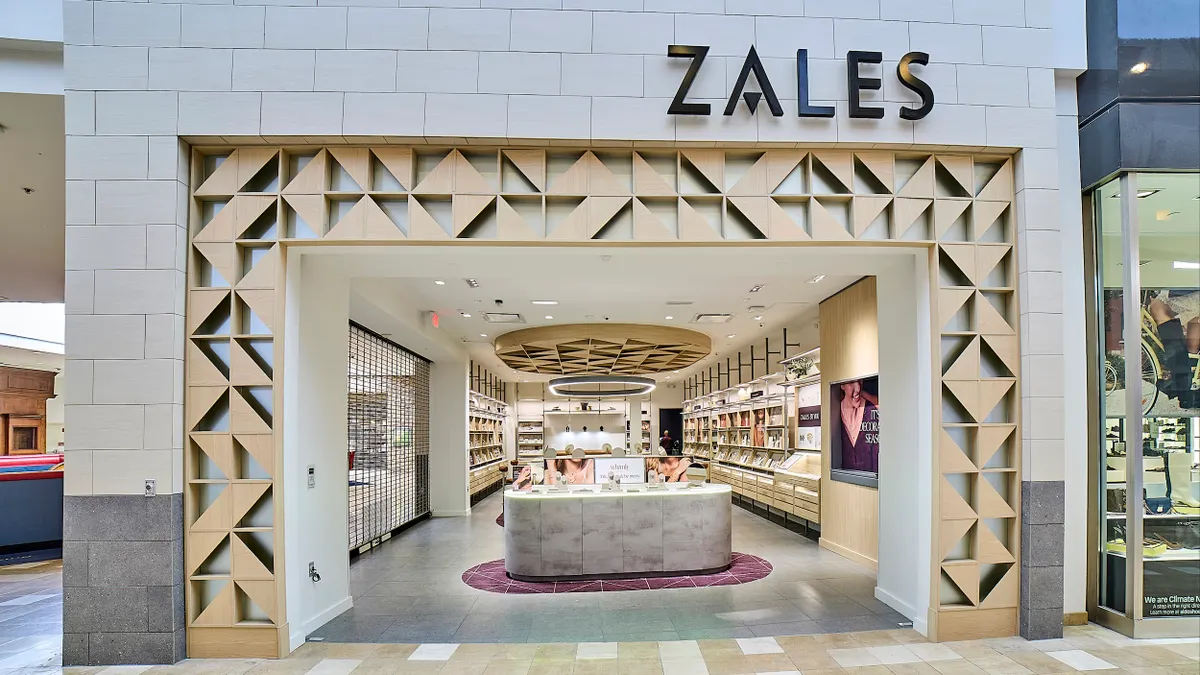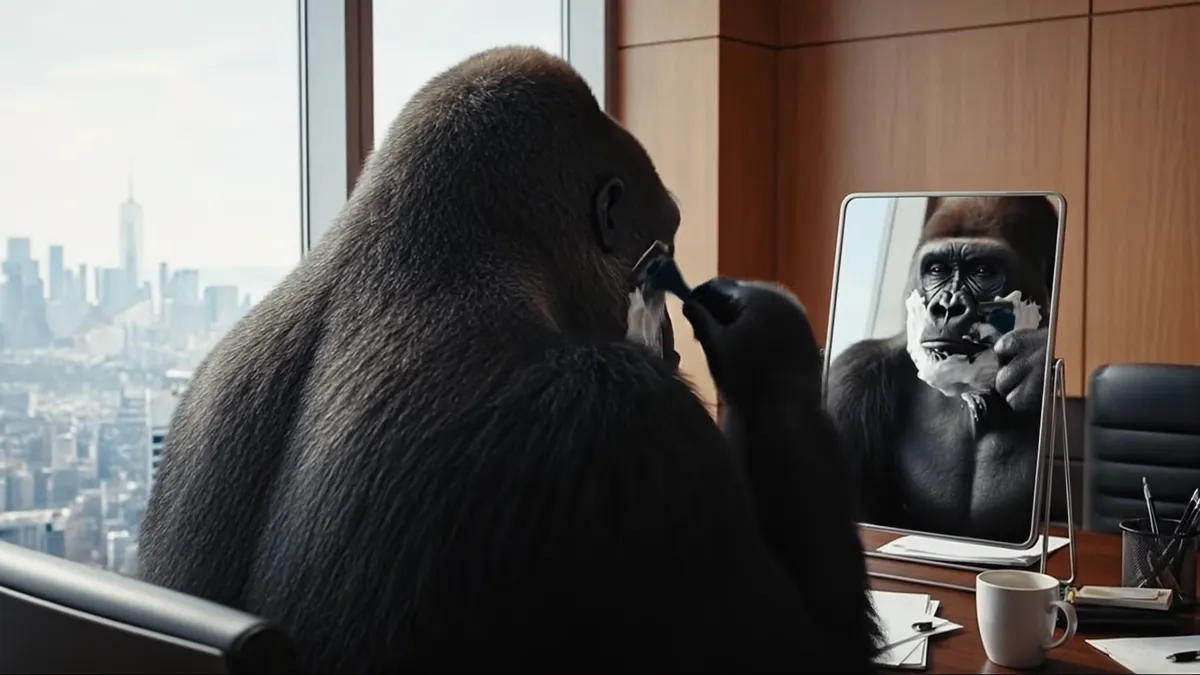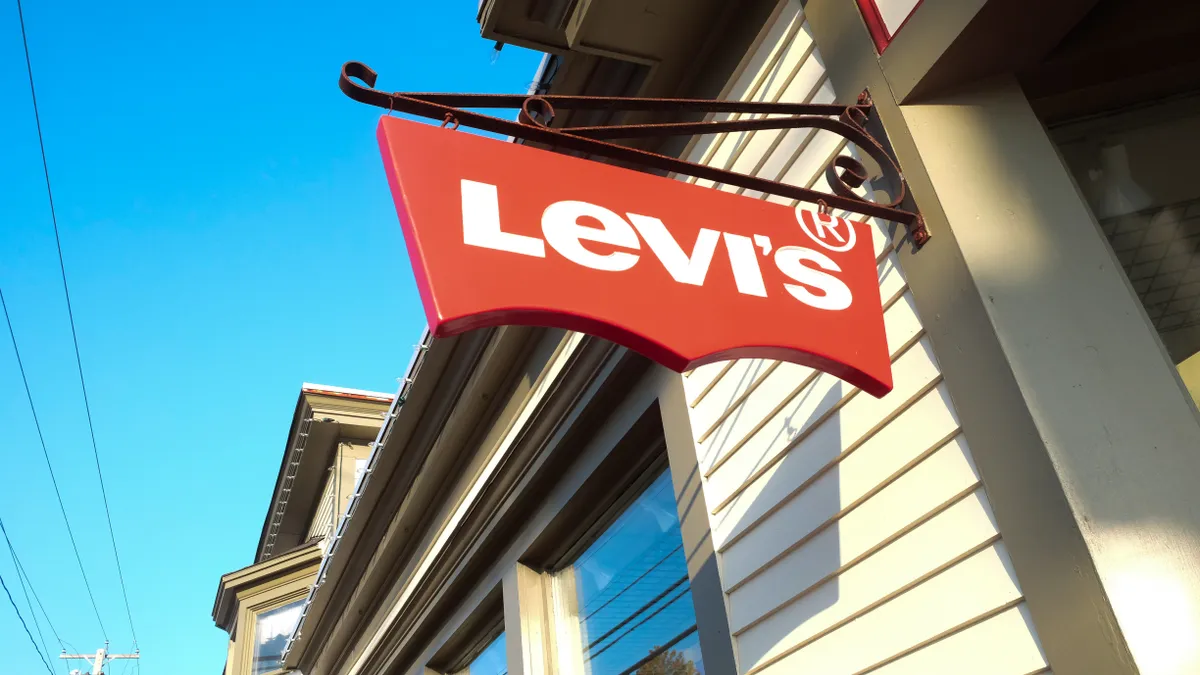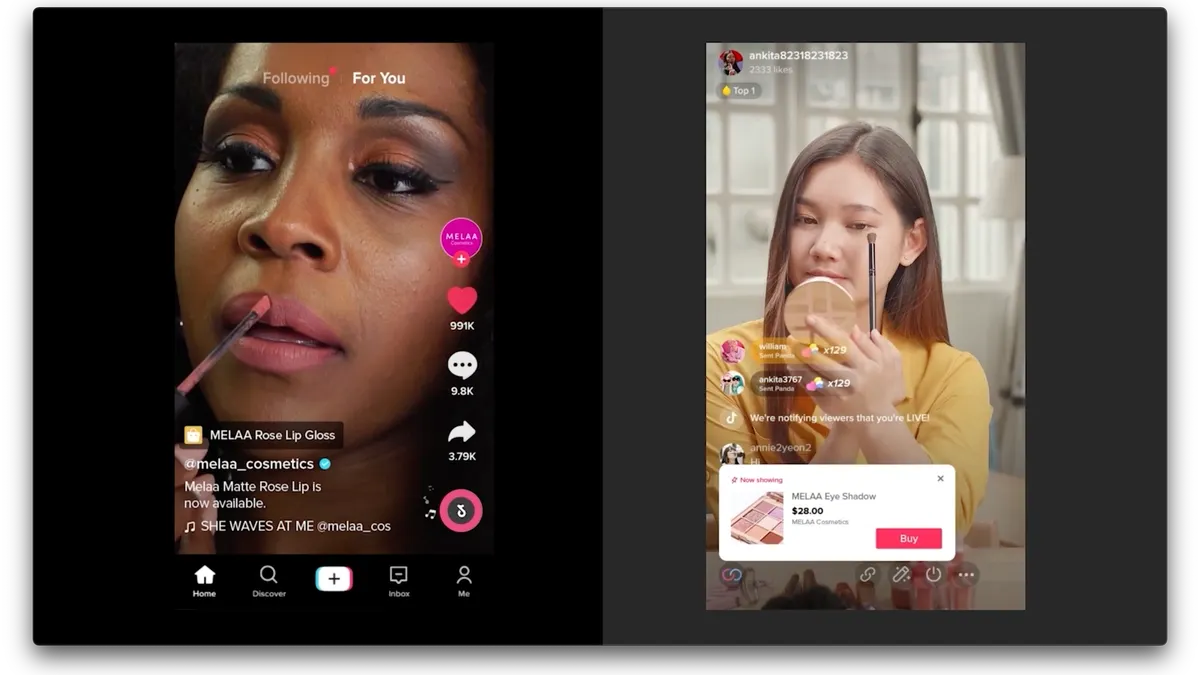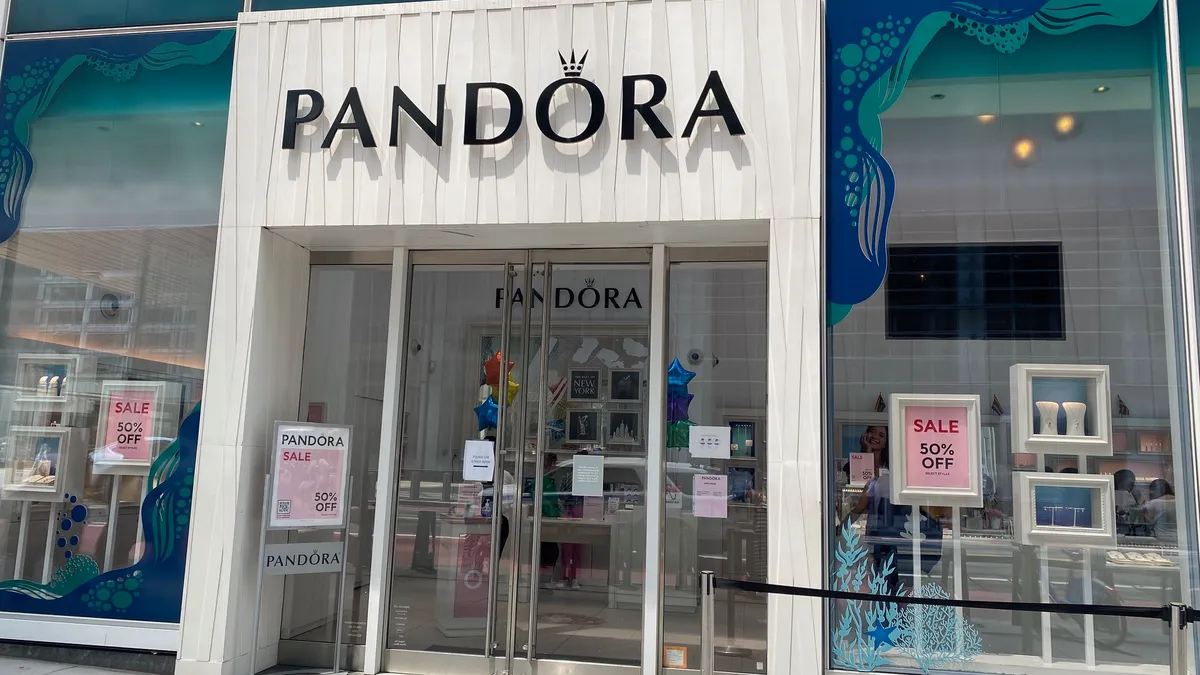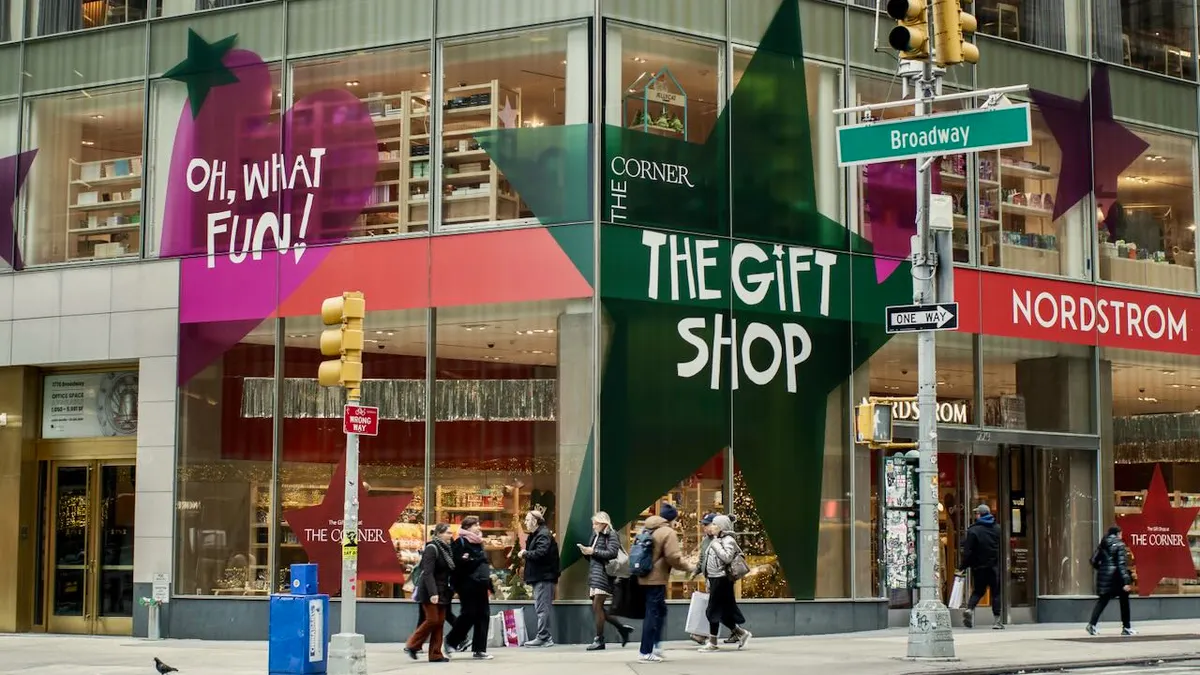At an auction house in China in early June, bidders gathered to test their luck and their wallets at snagging one of the largest, and rarest, versions of a Labubu. Standing tall at four feet and four inches, the trending doll sold for $150,324 in a one-of-a-kind auction that broke records.
Labubus have taken the world by storm, embraced by consumers and celebrities alike. From Blackpink’s Lisa to Dua Lipa and Cher, the scary yet cuddly monster doll has taken over social media and pop culture as the newest must-have, drawing demand to the retailers that sell it. Grammy award-winning artist Lizzo even shouted out the toy in her latest verse on the “Whim Whamiee” remix by Pluto and YKNiece.
Lizzo raps, “can't even outdress my Labubu.”
Analysis of Google search data by SEO consultant Jack Genesin shows that, in late May, worldwide searches for Labubus were projected to increase by 347% compared to the past year.
“While the surge in interest is fun to watch, it also raises the question of when enthusiasm tips into obsession,” Genesin said in emailed comments. “Labubu dolls can be pricey, with some limited editions and resales fetching hundreds of dollars.”
Labubus, which can quickly sell out, are available on Pop Mart from $28 for a plush pendant to some mega-sized dolls priced in the thousands, all depending on size, type and exclusivity. Miniso, GameStop, Box Lunch and H Mart also sell blind boxes and similar figurine collectibles that are exclusive to their stores. Though many of these toys are sweet and cuddly on the surface, the fight to retrieve them can be intense. In the U.K., some Labubus have been pulled from Pop Mart stores following safety concerns and reports of customers fighting for the dolls.
The current obsession with Labubus builds on toy trends of retail’s past such as Beanie Babies, Furbies, Tamagotchi, Pokémon and Troll Dolls of the '90s and '00s. However, toy trends and how fast they’re changing are now impacted most by social media and influencer culture, according to Katriina Heljakka, an expert and researcher in toy cultures and play from the University of Turku in Finland.
Gen Z, who is likely driving the Labubu trend, Heljakka said, see their trinkets as both a discretionary purchase and an affordable luxury.
“Gen Z has been surrounded by game cultures and gamification as part of services all their life and therefore it is no surprise that the game of hunting for limited toy editions is enthralling,” Heljakka said via email. “However, this logic is not new to the toy market, thinking back to some toy lines of the past, like Beanie Babies in the 1990s, which became sought-after toys in adult toy player circles.”
The collection obsession
Even though consumer sentiment has dropped and consumers have pulled back on discretionary spending, the Labubu trend is a rare case of shoppers justifying their purchase.
“The ambiguity of toys lies in the fact that they can simultaneously exist in two different economic and emotional categories,” Heljakka said. “First, the ‘expensive collectibles’ category that has cultural, emotional, and at times, financial weight. And second, they can be perceived as ‘impulse buys’ or novelties/trinkets that function as treats as part of social media fads.”
As tariff announcements continue to impact the economy and all sectors of retail, Heljakka said that for toys, companies may shift production to other countries or engage in licensing programs as solutions to avoid tariffs. For Labubu, increasing inflation and tariffs could mean a declining interest in Labubus from a Western perspective.
However, Heljakka noted that toy aficionados are proficient in avoiding excess costs and may travel abroad to make purchases or buy from secondhand markets.
Toys are an affordable luxury speaking to an owner’s whimsical lifestyle compared to designer clothing and accessories that are considered more “serious and unattainable investments,” Heljakka said.
Though rare and limited-edition Labubus exist, doll owners have taken it upon themselves to customize their own Labubus with eyelash extensions, rhinestones, acrylic nails and clothing sporting logos from luxury fashion houses.
@heysnackgang Customize my first labubu! #labubuthemonsters #labubu #customizedlabubu ♬ Pop Muzik - M / Robin Scott & Robin Scott
The customization, personalization and assignment of an aesthetic to each Labubu is true to Gen Z’s nature of hyperawareness around individuality. Gen Z, which experts say is leading the trend, tends to indulge in “emotional consumption,” or spending that is driven by emotions like nostalgia. As they collect, they're not exactly “playing” with these toys the way kids do. They are more so collectibles that feed into nostalgia's influence over purchase power, which Gen Z in particular is susceptible to, according to market research firm GWI.
It feeds into the kidult trend, which acknowledges adults who embrace their inner child through purchasing toys, despite being all grown up. A 2023 survey from Sago found that 60% of U.S. consumers in a survey cited their nostalgia for childhood as the No. 1 reason they collect toys and related merchandise.
Why we collect
Many of these toys aren’t actually being played with by adults, but instead collected as keepsakes and admired on shelves. Collectibles are designed to be poseable, portable and photogenic, per Heljakka.
But why hobbyists collect digs deeper into the psyche behind adult trinket enthusiasts.
Similar to the mini effect in beauty products, most cutesy trinkets also happen to be small and handheld, making shelving and displaying easier. Since there’s a new trending collectible every so often, it's easy for trinket consumers to fall into the habit of overconsumption. Because various toys speak to different aesthetics across Gen Z consumers, there’s a vast market of figurines to choose from and for consumers to identify with.
Shoppers buy toys for different reasons, according to Heljakka. While “hardcore” collectors may consider the habit an investment from seeing monetary value in toys, everyday players use toys to connect.
“Most often toys are bought because of reasons tied with lifestyle — adults want to express their playfulness, fandoms or just love for toy brands in a visual, material, and social way,” Heljakka said. “Toys are visually intriguing objects and spark conversations. Some consider toys to have therapeutic value, and they are anthropomorphized or zoomorphized, treated as ‘human’ or ‘animal’ companions. What drives this behavior are personal needs and needs to belong in communities.”
Heljakka, who authored research on adult toy hobbyists, describes both collecting and “dis-playing” as their own forms of play. Just because these items don’t “do” anything doesn’t mean they aren’t being played with, according to Heljakka.
“In my research I position collecting as a type of play,” Heljakka said. “Character toys are playthings from the beginning as they have been given a name and some kind of backstory. This gets adult toy players’ imaginations going to extend the stories of the toys and also to make them more personal. All collecting, customization, and creative storytelling that goes on with the toys is play for me as a researcher of interactions with toys.”
The “ugly-cute” aesthetic and “quirky edginess" of the Labubu make the dolls’ potential longevity an interesting case, according to Heljakka.
Labubu could find a long-term position in the market as it follows the aesthetic of previous mass-market toy types like Troll Dolls, UglyDolls and the Gloomybear, piquing similar consumer interest. However the Blythe Doll, for example, debuted in the 1970s and only gained popularity among collectors in recent years.
When considering where popular culture is in the lifecycle of the Labubu, Heljakka said the trending doll could fade from the spotlight as it reaches oversaturation from influencers.
“It is intriguing how character toys represent the human and societal condition in their aesthetics,” Heljakka said. “In today's world, we continue to smile, but through gritted teeth and wide eyes (like Labubus), and on our toes, alert and just waiting to see what happens next. Rather than predicting how long the Labubu trend will last, I would predict that when the ongoing crises settle down, this will also be reflected in the toys. Then perhaps, the grin of the toy is replaced by a smile.”



